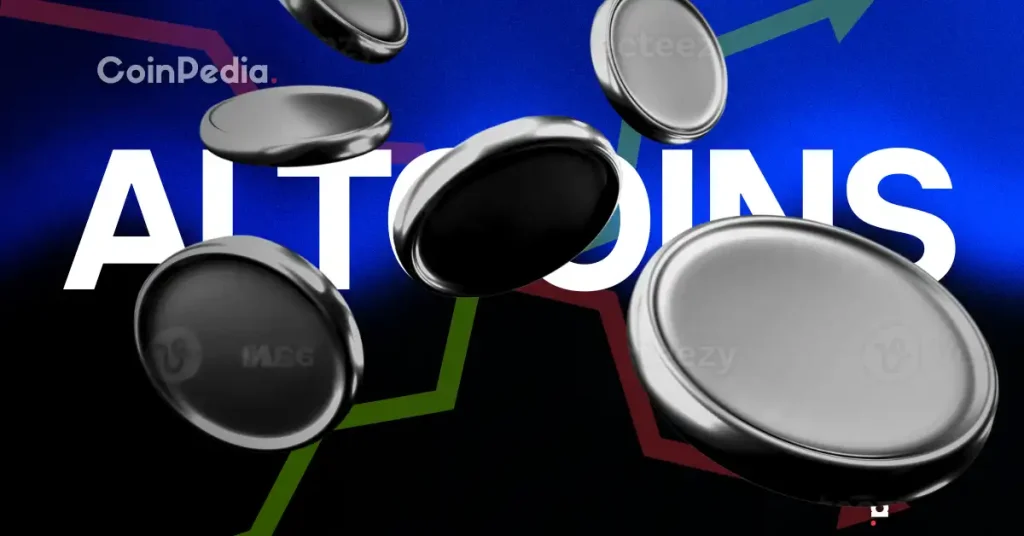Bitcoin’s long-term forecast is increasingly bleak as recent market indicators exhibit changing sentiments. The “skew” for 180-day options on Deribit has notably dropped to zero, signaling a notable shift towards neutrality and diminishing confidence in Bitcoin’s prospective bullish outlook.
What Does Zero Skew Mean?
The zeroing of the 180-day options skew is interpreted by market experts as a move towards a neutral perspective on Bitcoin’s trajectory, reminiscent of earlier bearish phases. Griffin Ardern, leading options trading and research at BloFin, highlights this sentiment change as significant. He points out that in light of recent market adjustments, the bullish outlook for Bitcoin’s long-term trajectory has significantly faded, making it challenging for Bitcoin to maintain an upward trend and hit new peaks anytime soon.
Are Investor Strategies Evolving?
Investors are notably altering their strategies, influencing market dynamics. The options market now shows a mismatched ratio of call and put options, reflecting market sentiment. A neutral or negative skew often suggests cautious or bearish tendencies, contrary to positive skew, which hints at optimism.
In response to market uncertainty, some institutional investors are opting to sell high-valued call options, aiming to hedge risks and gain extra income. This prevailing tactic is causing a drop in the relative value of call options, therefore impacting the overall bullish stance on Bitcoin’s long-term market options.
How Are Economic Factors Influencing Bitcoin?
Last week’s 4% drop in Bitcoin’s price underscores the economic complexities Bitcoin faces. Rising core PCE index numbers and underwhelming non-farm payroll data have accentuated economic ambiguity. Griffin Ardern notes that shifts in supply chain dynamics are starting to be seen in economic data, affecting price structures across various sectors.
“The recent drop in car prices mitigates the surge in other goods’ costs, illustrating the growing supply chain influence from the Pacific coast to the East. As retailers begin transferring new costs to consumers, price hikes are expected, despite any moderation or delay, as wholesalers and commodity firms strive for balance.”
These emerging market conditions bolster the neutral stance on Bitcoin’s future.
- The zero skew in 180-day options diminishes optimism for Bitcoin’s long-term growth.
- Market dynamics and economic factors are steering investors towards cautious strategies.
- Potential future inflation in the U.S. is poised to complicate the Federal Reserve’s monetary policy decisions.
Ongoing analysis from JPMorgan suggests proposed tariffs by Donald Trump could elevate U.S. inflation in the latter half of the year, forecasting global core inflation to climb towards 3.4% annually. This inflationary pressure primarily focuses on U.S. markets, presenting challenges for significant interest rate reductions. High interest rates remain under frequent criticism from Trump. Analysts are now closely watching ISM services PMI data, which alongside future CPI and PPI figures, will reveal more nuanced pricing trends in the service sector.
Disclaimer: The information contained in this article does not constitute investment advice. Investors should be aware that cryptocurrencies carry high volatility and therefore risk, and should conduct their own research.
















 English (US)
English (US)